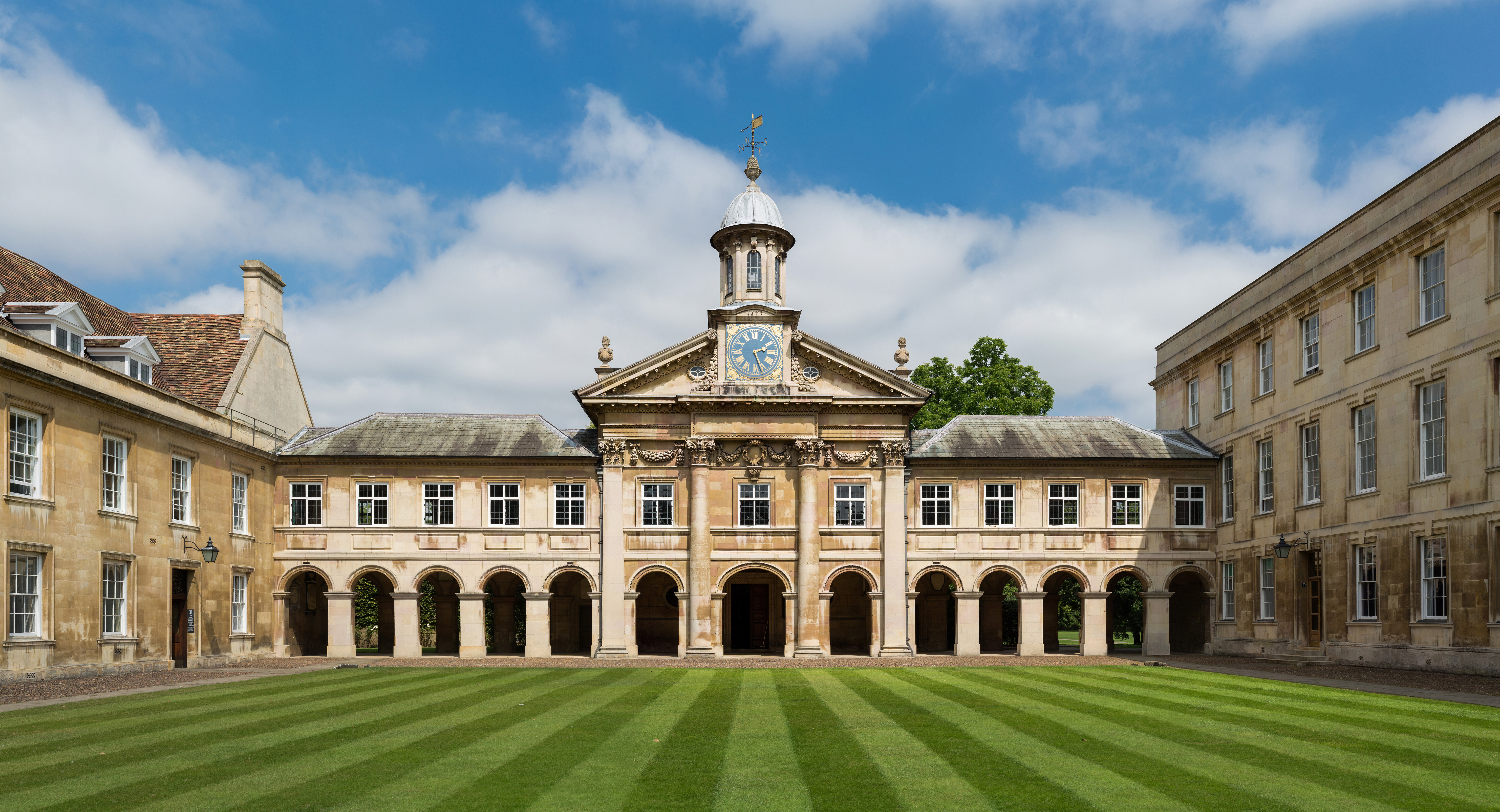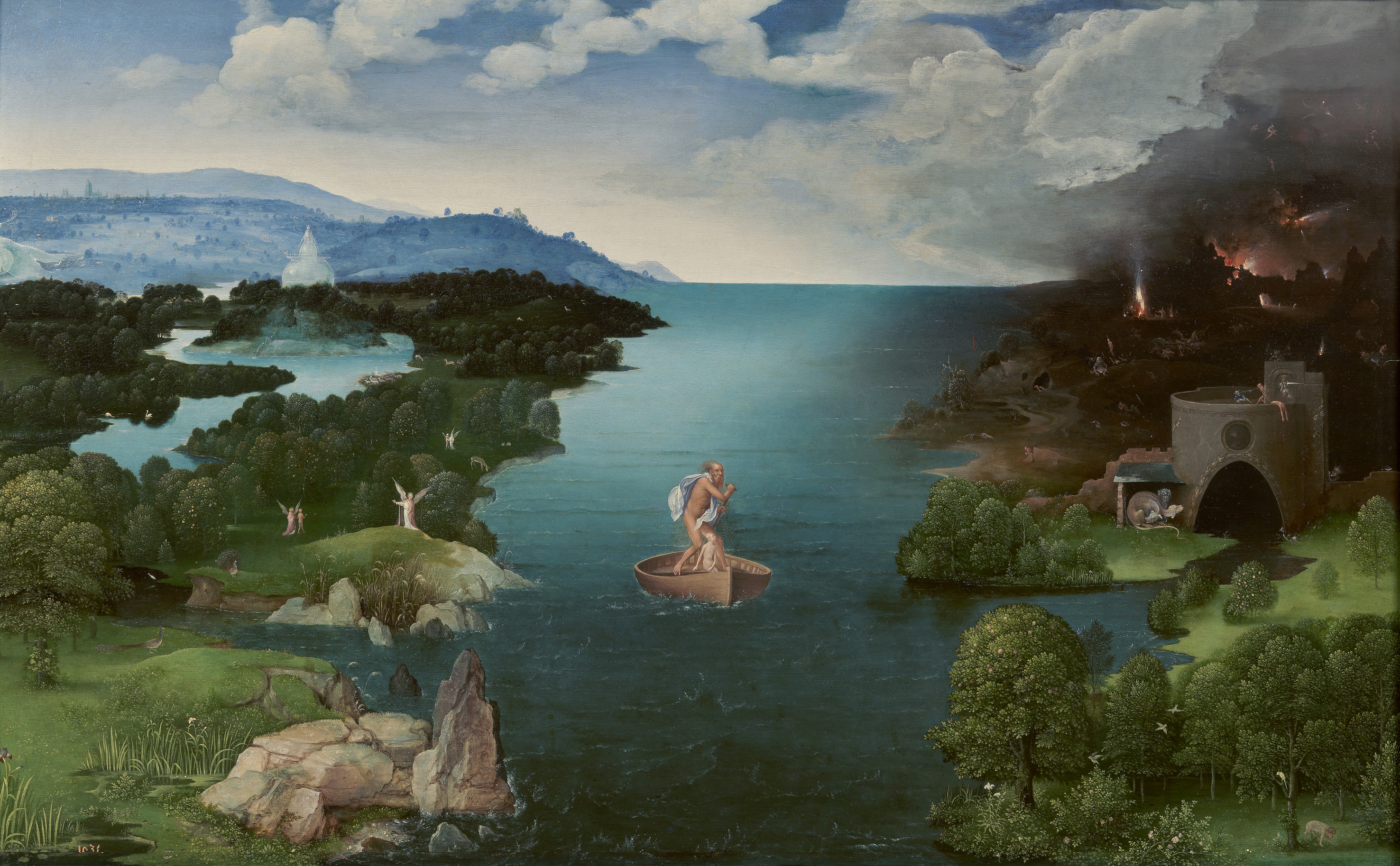|
Eduardo Lefebvre Scovell
Eduardo Lefebvre Scovell (1864–1918) was a British artist. He is one of the Volcano School, a group of non-native artists who painted dramatic nocturnal scenes of Hawaii's erupting volcanoes. Following his education at Eton College and the University of Cambridge, Scovell studied art in Paris. He then traveled extensively, including one year in Rome and Florence. Several years were spent in India, China and Japan. He visited Brazil and spent eight years in Hawaii where he specialized in volcano scenes. He was in San Francisco during the earthquake and fire of 1906 and then settled in Los Angeles. Scovell was a resident there until his death on 23 September 1918. Scovell's painting ''Kilauea'' is in the Bernice P. Bishop Museum The Bernice Pauahi Bishop Museum, designated the Hawaii State Museum of Natural and Cultural History, is a museum of history and science in the historic Kalihi district of Honolulu on the Hawaiian island of Oʻahu. Founded in 1889, it is the ... [...More Info...] [...Related Items...] OR: [Wikipedia] [Google] [Baidu] |
Volcano School
The Volcano School refers to a group of non-native Hawaiian artists who painted dramatic nocturnal scenes of Hawaii's erupting volcanoes. Some of the artists also produced watercolors, which, by the nature of the medium, tended to be diurnal. At their best, these paintings exemplify a fusion of the European Sublime aesthetic, Romantic landscapes, and the American landscape traditions. Two volcanoes on the Island of Hawaii, Kilauea and Mauna Loa, were intermittently active during the 1880s and 1890s, when interest in Volcano School paintings peaked. Getting to Kilauea, the more frequently painted volcano required an arduous two- or three-day roundtrip journey on horseback. Printmaker and art educator Huc-Mazelet Luquiens called this period "a little Hawaiian renaissance".Luquiens, Huc-Mazelet, " Jules Tavernier" in ''Honolulu Academy of Arts Annual Bulletin'', Vol. 2, 1940, p. 25 Members Jules Tavernier (French 1844–1889) was arguably the most important Volcano School p ... [...More Info...] [...Related Items...] OR: [Wikipedia] [Google] [Baidu] |
Eton College
Eton College () is a Public school (United Kingdom), public school in Eton, Berkshire, England. It was founded in 1440 by Henry VI of England, Henry VI under the name ''Kynge's College of Our Ladye of Eton besyde Windesore'',Nevill, p. 3 ff. intended as a sister institution to King's College, Cambridge, making it the 18th-oldest Headmasters' and Headmistresses' Conference (HMC) school. Eton is particularly well-known for its history, wealth, and notable alumni, called :People educated at Eton College, Old Etonians. Eton is one of only three Public school (United Kingdom)#21st century, public schools, along with Harrow School, Harrow (1572) and Radley College, Radley (1847), to have retained the boys-only, boarding-only tradition, which means that its boys live at the school seven days a week. The remainder (such as Rugby School, Rugby in 1976, Charterhouse School, Charterhouse in 1971, Westminster School, Westminster in 1973, and Shrewsbury School, Shrewsbury in 2015) have sinc ... [...More Info...] [...Related Items...] OR: [Wikipedia] [Google] [Baidu] |
University Of Cambridge
, mottoeng = Literal: From here, light and sacred draughts. Non literal: From this place, we gain enlightenment and precious knowledge. , established = , other_name = The Chancellor, Masters and Scholars of the University of Cambridge , type = Public research university , endowment = £7.121 billion (including colleges) , budget = £2.308 billion (excluding colleges) , chancellor = The Lord Sainsbury of Turville , vice_chancellor = Anthony Freeling , students = 24,450 (2020) , undergrad = 12,850 (2020) , postgrad = 11,600 (2020) , city = Cambridge , country = England , campus_type = , sporting_affiliations = The Sporting Blue , colours = Cambridge Blue , website = , logo = University of Cambridge log ... [...More Info...] [...Related Items...] OR: [Wikipedia] [Google] [Baidu] |
Bernice P
Bernice may refer to: Places In the United States * Bernice, Arkansas, an unincorporated community * Bernice, Louisiana, a town * Bernice, Nevada, a ghost town * Bernice, Oklahoma, a town * Bernice Coalfield, a coalfield in Sullivan County, Pennsylvania Elsewhere * Bernice, Manitoba, Canada, a community * Bernice, an Old English name for Bernicia Bernicia ( ang, Bernice, Bryneich, Beornice; la, Bernicia) was an Anglo-Saxon kingdom established by Anglian settlers of the 6th century in what is now southeastern Scotland and North East England. The Anglian territory of Bernicia was appr ..., an Anglo-Saxon kingdom in the 6th and 7th centuries Other uses * Bernice (given name), including a list of persons and characters with the name * Hurricane Bernice (other), tropical cyclones in the eastern Pacific Ocean * USS ''Mary Alice'' (SP-397), a patrol vessel originally a private steam yacht named ''Bernice'' See also * Berenice (other) {{disambig, ... [...More Info...] [...Related Items...] OR: [Wikipedia] [Google] [Baidu] |
19th-century British Painters
The 19th (nineteenth) century began on 1 January 1801 ( MDCCCI), and ended on 31 December 1900 ( MCM). The 19th century was the ninth century of the 2nd millennium. The 19th century was characterized by vast social upheaval. Slavery was abolished in much of Europe and the Americas. The First Industrial Revolution, though it began in the late 18th century, expanding beyond its British homeland for the first time during this century, particularly remaking the economies and societies of the Low Countries, the Rhineland, Northern Italy, and the Northeastern United States. A few decades later, the Second Industrial Revolution led to ever more massive urbanization and much higher levels of productivity, profit, and prosperity, a pattern that continued into the 20th century. The Islamic gunpowder empires fell into decline and European imperialism brought much of South Asia, Southeast Asia, and almost all of Africa under colonial rule. It was also marked by the collapse of the l ... [...More Info...] [...Related Items...] OR: [Wikipedia] [Google] [Baidu] |
British Male Painters
British may refer to: Peoples, culture, and language * British people, nationals or natives of the United Kingdom, British Overseas Territories, and Crown Dependencies. ** Britishness, the British identity and common culture * British English, the English language as spoken and written in the United Kingdom or, more broadly, throughout the British Isles * Celtic Britons, an ancient ethno-linguistic group * Brittonic languages, a branch of the Insular Celtic language family (formerly called British) ** Common Brittonic, an ancient language Other uses *'' Brit(ish)'', a 2018 memoir by Afua Hirsch *People or things associated with: ** Great Britain, an island ** United Kingdom, a sovereign state ** Kingdom of Great Britain (1707–1800) ** United Kingdom of Great Britain and Ireland (1801–1922) See also * Terminology of the British Isles * Alternative names for the British * English (other) * Britannic (other) * British Isles * Brit (other) * ... [...More Info...] [...Related Items...] OR: [Wikipedia] [Google] [Baidu] |
People Educated At Eton College
A person ( : people) is a being that has certain capacities or attributes such as reason, morality, consciousness or self-consciousness, and being a part of a culturally established form of social relations such as kinship, ownership of property, or legal responsibility. The defining features of personhood and, consequently, what makes a person count as a person, differ widely among cultures and contexts. In addition to the question of personhood, of what makes a being count as a person to begin with, there are further questions about personal identity and self: both about what makes any particular person that particular person instead of another, and about what makes a person at one time the same person as they were or will be at another time despite any intervening changes. The plural form "people" is often used to refer to an entire nation or ethnic group (as in "a people"), and this was the original meaning of the word; it subsequently acquired its use as a plural form ... [...More Info...] [...Related Items...] OR: [Wikipedia] [Google] [Baidu] |
1864 Births
Events January–March * January 13 – American songwriter Stephen Foster (" Oh! Susanna", " Old Folks at Home") dies aged 37 in New York City, leaving a scrap of paper reading "Dear friends and gentle hearts". His parlor song "Beautiful Dreamer" is published in March. * January 16 – Denmark rejects an Austrian-Prussian ultimatum to repeal the Danish Constitution, which says that Schleswig-Holstein is part of Denmark. * January 21 – New Zealand Wars: The Tauranga campaign begins. * February – John Wisden publishes ''Wisden Cricketers' Almanack, The Cricketer's Almanack for the year 1864'' in England; it will go on to become the major annual cricket reference publication. * February 1 – Danish-Prussian War (Second Schleswig War): 57,000 Austrian and Prussian troops cross the Eider River into Denmark. * February 15 – Heineken N.V., Heineken brewery founded in Netherlands. * February 17 – American Civil War: The tiny Confederate ... [...More Info...] [...Related Items...] OR: [Wikipedia] [Google] [Baidu] |
Volcano School Painters
A volcano is a rupture in the crust of a planetary-mass object, such as Earth, that allows hot lava, volcanic ash, and gases to escape from a magma chamber below the surface. On Earth, volcanoes are most often found where tectonic plates are diverging or converging, and most are found underwater. For example, a mid-ocean ridge, such as the Mid-Atlantic Ridge, has volcanoes caused by divergent tectonic plates whereas the Pacific Ring of Fire has volcanoes caused by convergent tectonic plates. Volcanoes can also form where there is stretching and thinning of the crust's plates, such as in the East African Rift and the Wells Gray-Clearwater volcanic field and Rio Grande rift in North America. Volcanism away from plate boundaries has been postulated to arise from upwelling diapirs from the core–mantle boundary, deep in the Earth. This results in hotspot volcanism, of which the Hawaiian hotspot is an example. Volcanoes are usually not created where two tectonic ... [...More Info...] [...Related Items...] OR: [Wikipedia] [Google] [Baidu] |
Landscape Artists
Landscape painting, also known as landscape art, is the depiction of natural scenery such as mountains, valleys, trees, rivers, and forests, especially where the main subject is a wide view—with its elements arranged into a coherent composition. In other works, landscape backgrounds for figures can still form an important part of the work. Sky is almost always included in the view, and weather is often an element of the composition. Detailed landscapes as a distinct subject are not found in all artistic traditions, and develop when there is already a sophisticated tradition of representing other subjects. Two main traditions spring from Western painting and Chinese art, going back well over a thousand years in both cases. The recognition of a spiritual element in landscape art is present from its beginnings in East Asian art, drawing on Daoism and other philosophical traditions, but in the West only becomes explicit with Romanticism. Landscape views in art may be enti ... [...More Info...] [...Related Items...] OR: [Wikipedia] [Google] [Baidu] |


_1938.jpg)


